Tiny Symbol on Car Indicator: Crucial Information!
When driving, the tiny symbol on the car indicator can convey crucial information. Surprisingly, studies show that 1 in 3 drivers are unable to identify the meaning of common dashboard symbols.
These symbols serve as a vital communication tool between the car and the driver, providing warnings and alerts about the vehicle’s status. Understanding these symbols is essential for vehicle maintenance and safety.
This introduction will explore the common tiny symbols found on car indicators, offering insights into their meanings and the importance of responding to them appropriately.
By deciphering these symbols, drivers can ensure their vehicles are properly maintained and respond promptly to critical warnings, ultimately enhancing safety on the road.
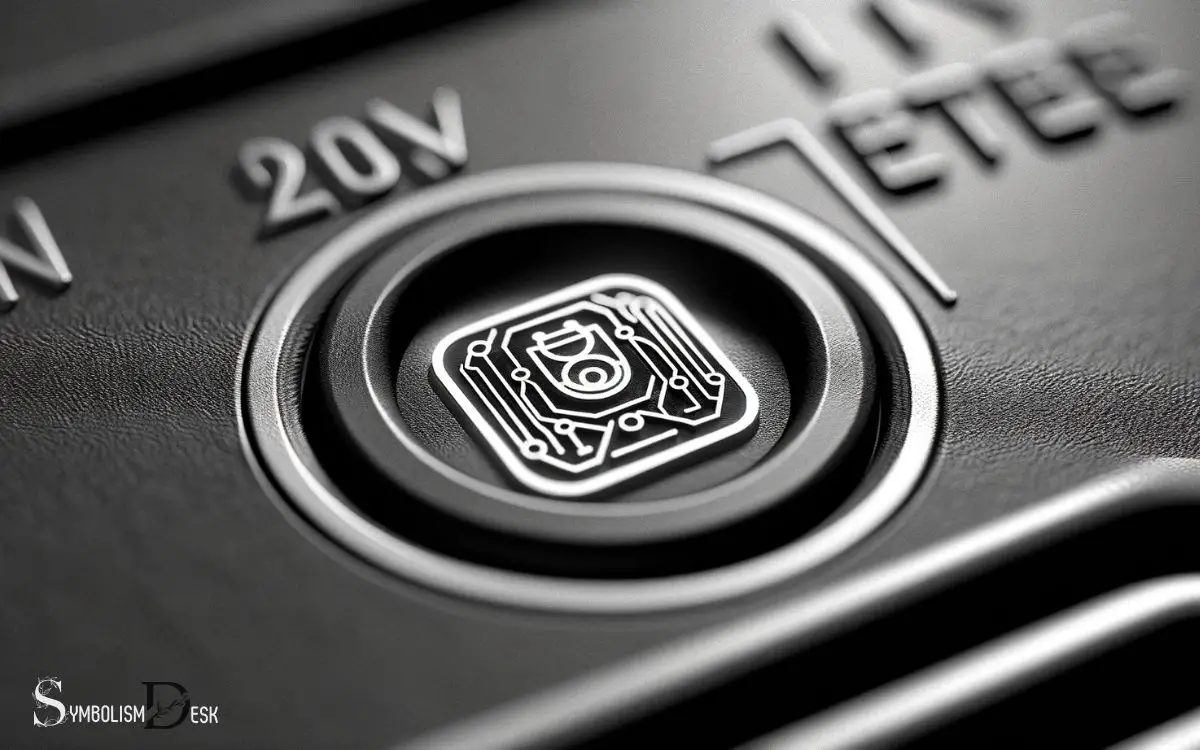
Key Takeaway
Common Tiny Symbols on Car Indicators
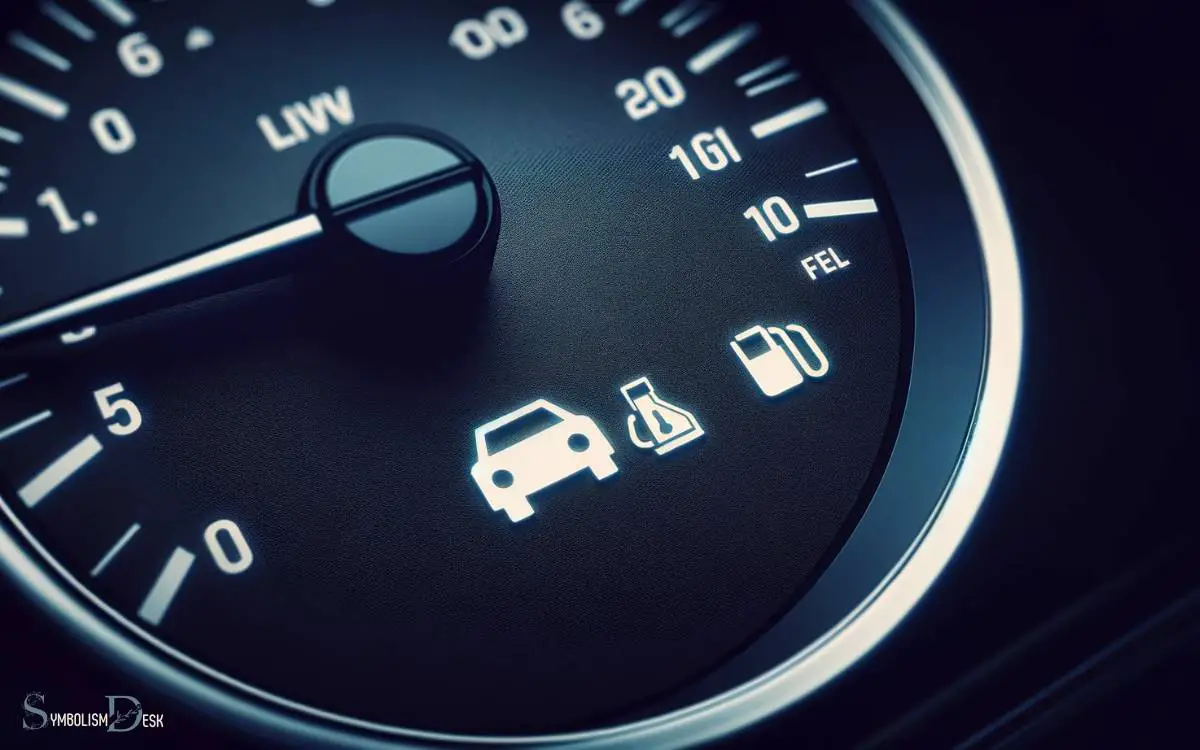
Common tiny symbols on car indicators convey important information about the vehicle’s status and functions. For instance, the check engine light indicates an issue with the engine or its related systems.
The oil pressure warning light signifies low oil pressure, which can lead to engine damage if not addressed promptly. The battery light warns of a problem with the charging system or a weak battery.
The ABS light indicates a malfunction in the anti-lock braking system, affecting its ability to prevent skidding. The tire pressure monitoring system (TPMS) light alerts the driver to low tire pressure.
The coolant temperature warning light signals overheating, requiring immediate attention to prevent engine damage. Understanding these symbols is crucial for maintaining vehicle safety and performance.
Understanding the Warning Symbols
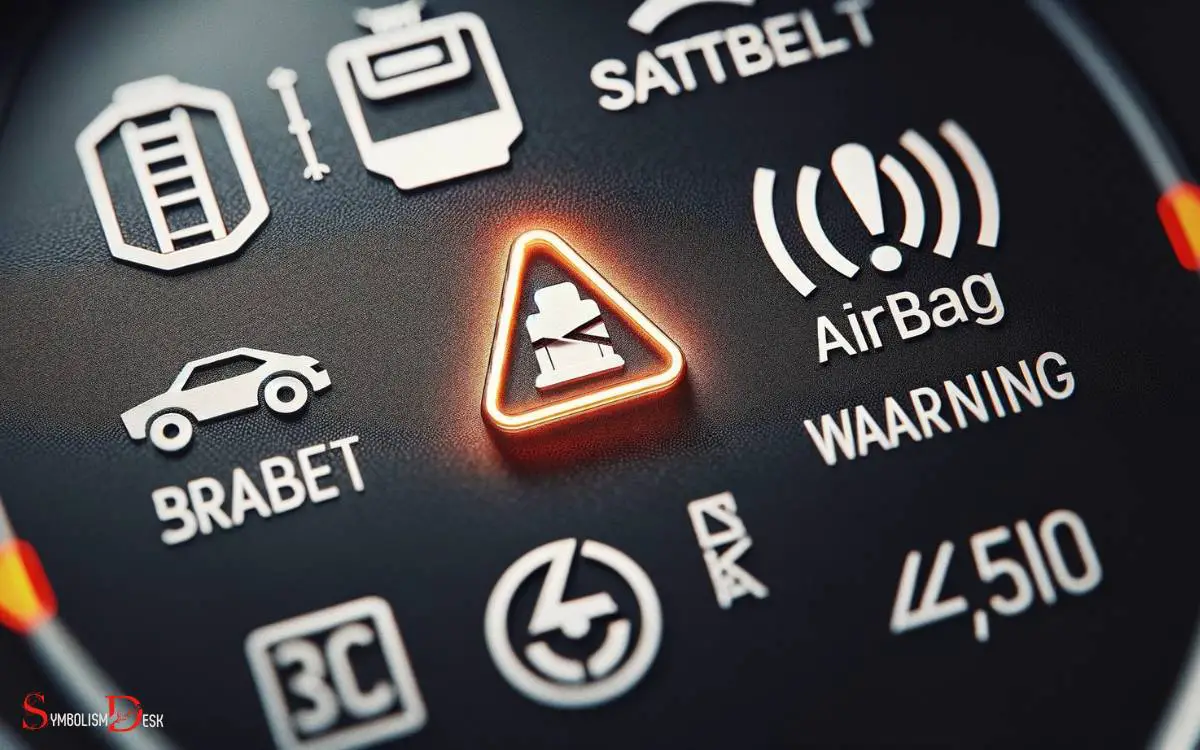
Signaling potential issues or malfunctions, understanding the warning symbols on a car’s dashboard is essential for safe and efficient driving.
These symbols serve as an early warning system, alerting drivers to potential problems with various vehicle systems.
| Symbol | Meaning |
|---|---|
| Check Engine | Indicates an issue with the engine or emissions |
| Battery | Signals a problem with the vehicle’s charging system |
| Oil Pressure | Warns of low oil pressure in the engine |
| Brake System | Indicates a potential issue with the braking system |
| Tire Pressure | Alerts to low tire pressure |
Understanding these symbols enables drivers to address potential issues promptly, ensuring vehicle safety and performance.
Deciphering the Maintenance Indicators
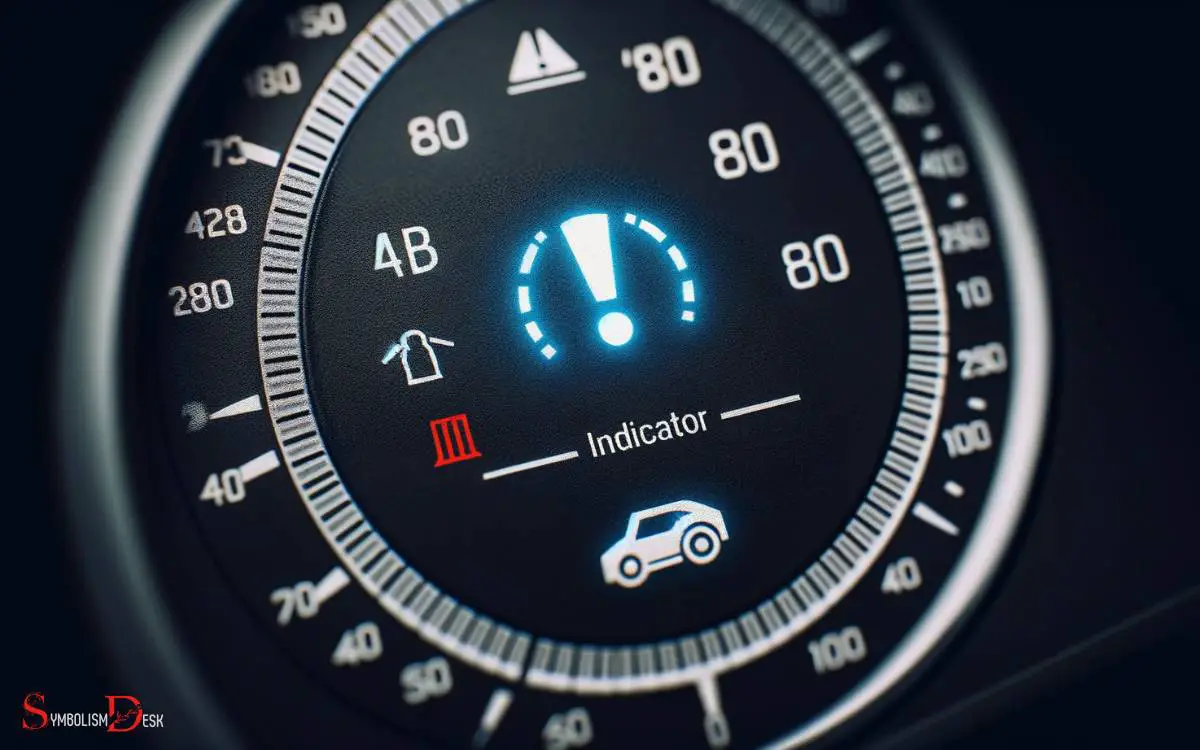
Upon encountering a maintenance indicator, drivers should promptly address the issue to maintain their vehicle’s health and performance.
Deciphering these indicators can seem daunting, but understanding their meanings is crucial for proper maintenance.
When faced with maintenance indicators, drivers should consider the following:
- Regular Maintenance: Keeping up with routine maintenance not only ensures the vehicle’s longevity but also prevents unexpected breakdowns.
- Addressing Potential Issues: Ignoring maintenance indicators can lead to more severe and costly problems in the future.
- Consulting the Manual: Referring to the vehicle’s manual can provide valuable insights into the specific meaning of each maintenance indicator.
Understanding and addressing these maintenance indicators promptly can significantly contribute to the vehicle’s overall performance and longevity.
Responding to Critical Indicator Symbols
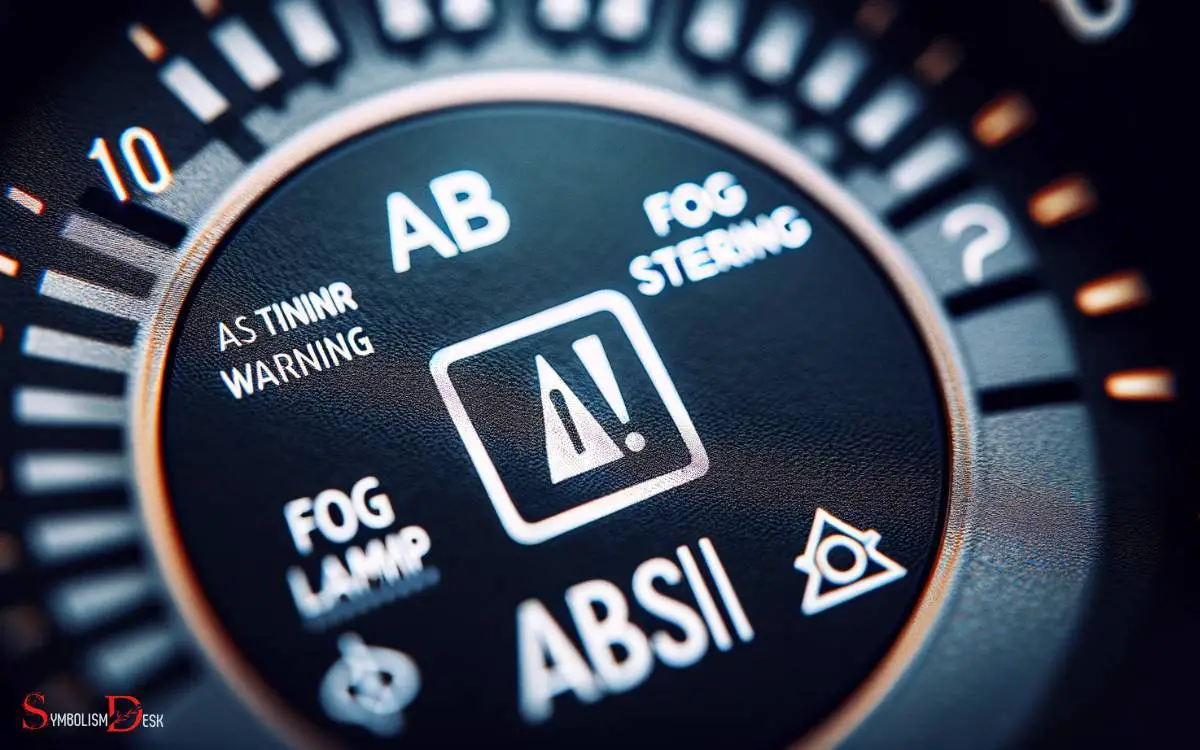
Addressing critical indicator symbols promptly is essential for ensuring the safety and longevity of the vehicle. When a critical indicator symbol lights up on the dashboard, it indicates a potential issue that requires immediate attention.
These symbols can include the check engine light, oil pressure warning, battery warning, brake system warning, and temperature warning.
Ignoring these indicators can lead to severe damage to the vehicle or, in some cases, pose a safety risk.
It is crucial to respond promptly by pulling over safely and assessing the situation. If the indicator requires immediate action, such as the temperature warning or oil pressure warning, it is best to turn off the engine and seek professional assistance.
Regularly checking and responding to critical indicator symbols can prevent costly repairs and ensure the vehicle’s safe operation.
Importance of Knowing Indicator Symbols
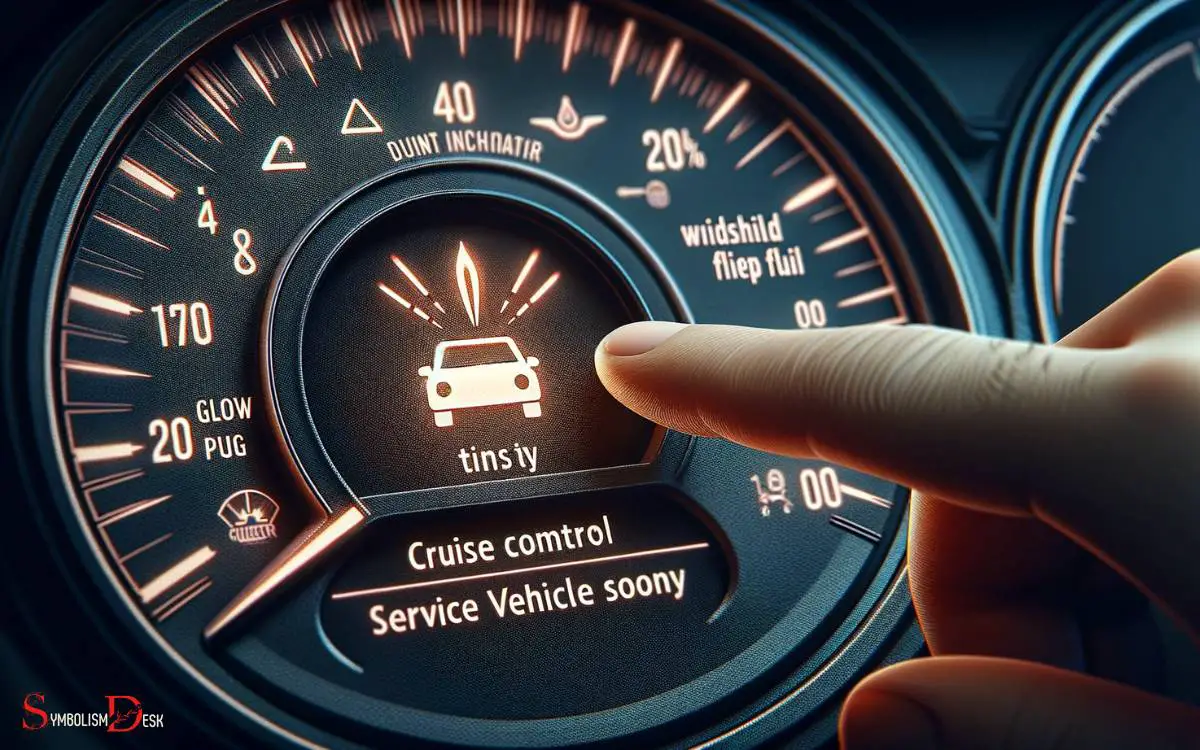
Understanding the meanings and implications of indicator symbols is crucial for safe and informed vehicle operation.
Being aware of these symbols can prevent accidents, reduce repair costs, and ensure a smooth driving experience.
- Avoiding potential breakdowns by addressing issues promptly
- Enhancing personal safety and that of others on the road
- Saving money on avoidable repairs and maintenance
Conclusion
knowing the tiny symbols on car indicators is crucial for vehicle maintenance and safety. Ignoring these symbols can lead to costly repairs or even accidents. These indicators provide essential information about the health and status of your vehicle, helping address issues before they become more serious. For instance, recognizing the symbol for oil change in car can ensure timely maintenance, preventing engine damage and improving performance. Staying vigilant about these alerts not only extends the life of your car but also keeps you and others safe on the road.
By understanding and responding to these symbols, drivers can ensure their vehicles are in optimal condition.
It is vital to pay attention to these indicators, as they provide valuable information about the car’s performance and potential issues. Ignoring them may result in serious consequences.






